Auto Show Faceoff: 2025 Ram 1500 REV Vs. 2023 Ford F-150 Lightning

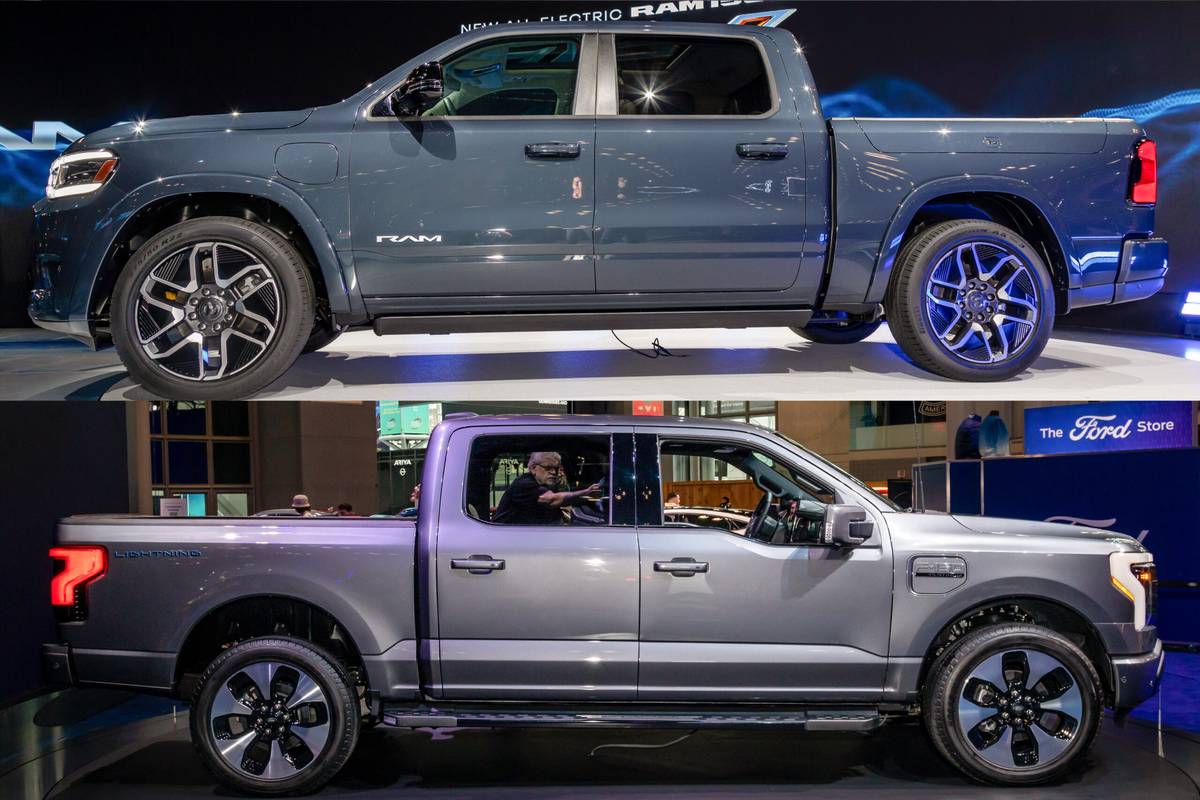
When you consider that full-size pickup trucks are some of the most popular vehicles in the U.S. and some of the thirstiest at the gas pump, electrifying the class has the potential to make a bigger dent in fuel consumption and emissions than with other types of vehicles.
Related: More 2023 New York Auto Show Coverage
We’re starting to see this electrification in earnest, with models like the Rivian R1T, GMC Hummer EV pickup and Ford F-150 Lightning already on the road. We extensively tested an F-150 Lightning last summer, in fact — both in acceleration and out on the road with an Airstream trailer in tow. We were impressed with its overall performance but noted some real-world limitations.
The F-150 Lightning will soon have new competition in the form of the all-new 2025 Ram 1500 REV, which won’t arrive until late 2024. The 1500 REV made its debut at the 2023 New York International Auto Show in high-end Tungsten trim, and over in the Ford area, there was an F-150 Lightning Platinum on display, making for a good opportunity to see how these full-size crew-cab pickups compare in some key areas. Here’s what we found.
Related Video:
Interior Quality: Ram 1500 REV
The interiors of high-end Ram trucks have already been nicer than anything the competition offers, and the brand has elevated its cabins even further with the newly available Tungsten trim, which sits atop the lineup. Featuring luxurious materials and impressive attention to detail, it wows like the Limited Longhorn and Limited trims Ram already offers for the regular 1500 pickup.
The Ford F-150 Platinum interior has nice details of its own, like interesting end-cut oak accents on the doors and console as well as some richer materials, but look closer and you can see elements of less expensive trim levels in the cabin, like the hard dashboard topper. It’s subtle but still noticeable, and it looks out of place given that the Platinum trim starts at around $100,000 (pricing for the Ram 1500 REV Tungsten hasn’t yet been announced).
Interior Comfort: Ram 1500 REV, Narrowly
Both the F-150 Lightning and 1500 REV are crew-cab trucks that offer just as much space and comfort in the front and rear seats as their gas-powered counterparts. And in terms of backseat space, it’s hard to top the amount of legroom you get in a modern full-size crew-cab truck. They both have premium amenities, too, like massaging front seats with seat heating and ventilation.
Where the Ram has a slight advantage, however, is in backseat comfort. That’s because its bench seat can articulate, letting you recline the backrest. It just adds a bit more comfort to what’s already a comfortable space.

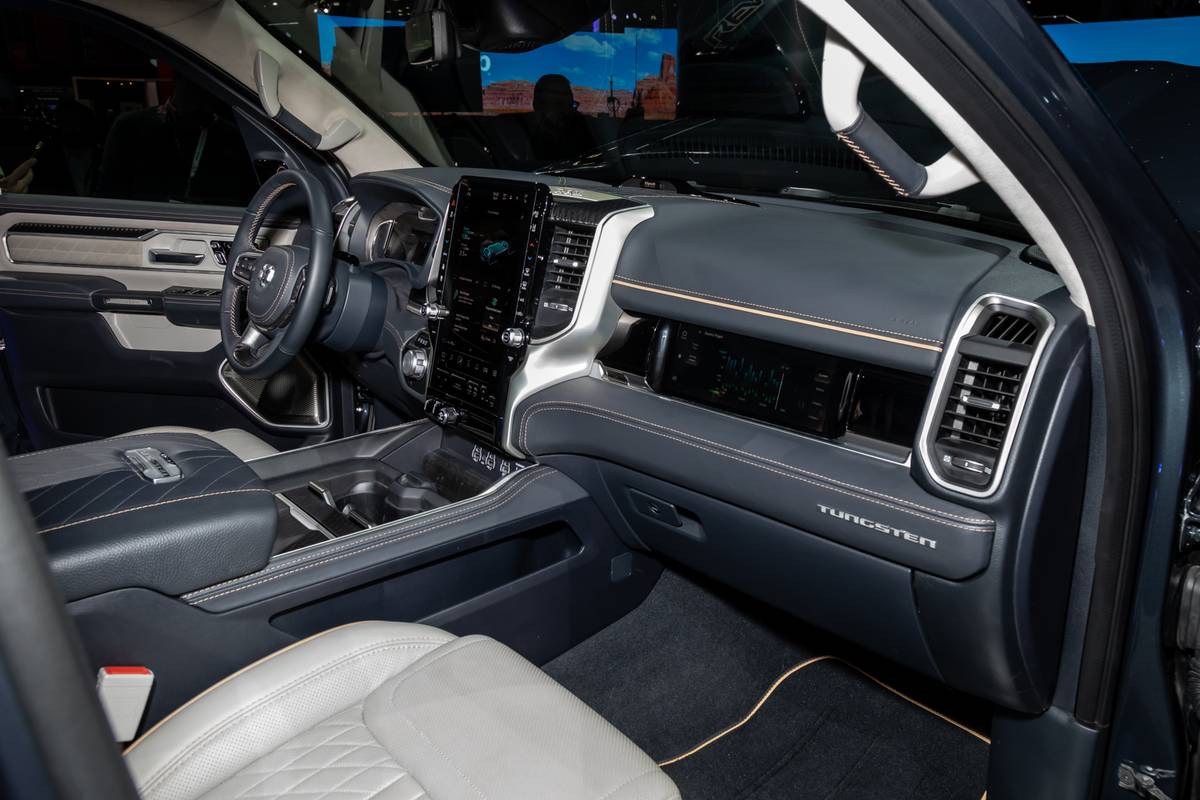
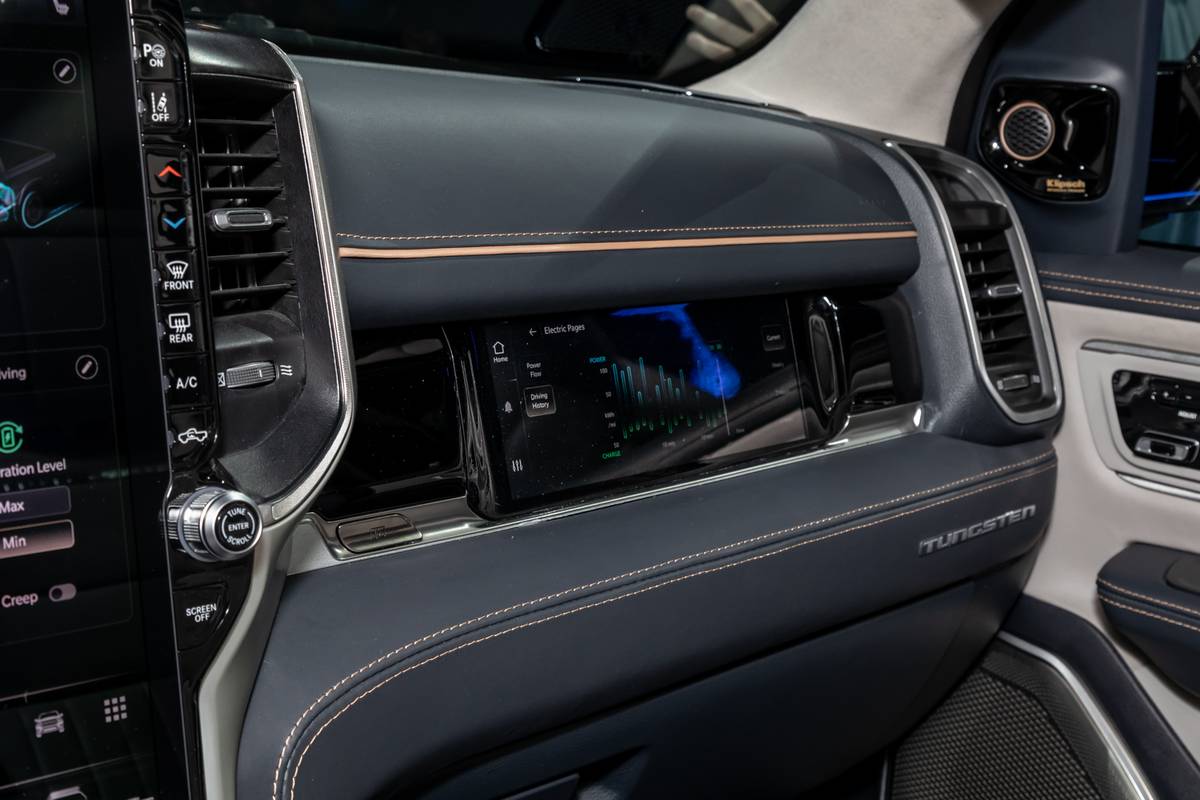
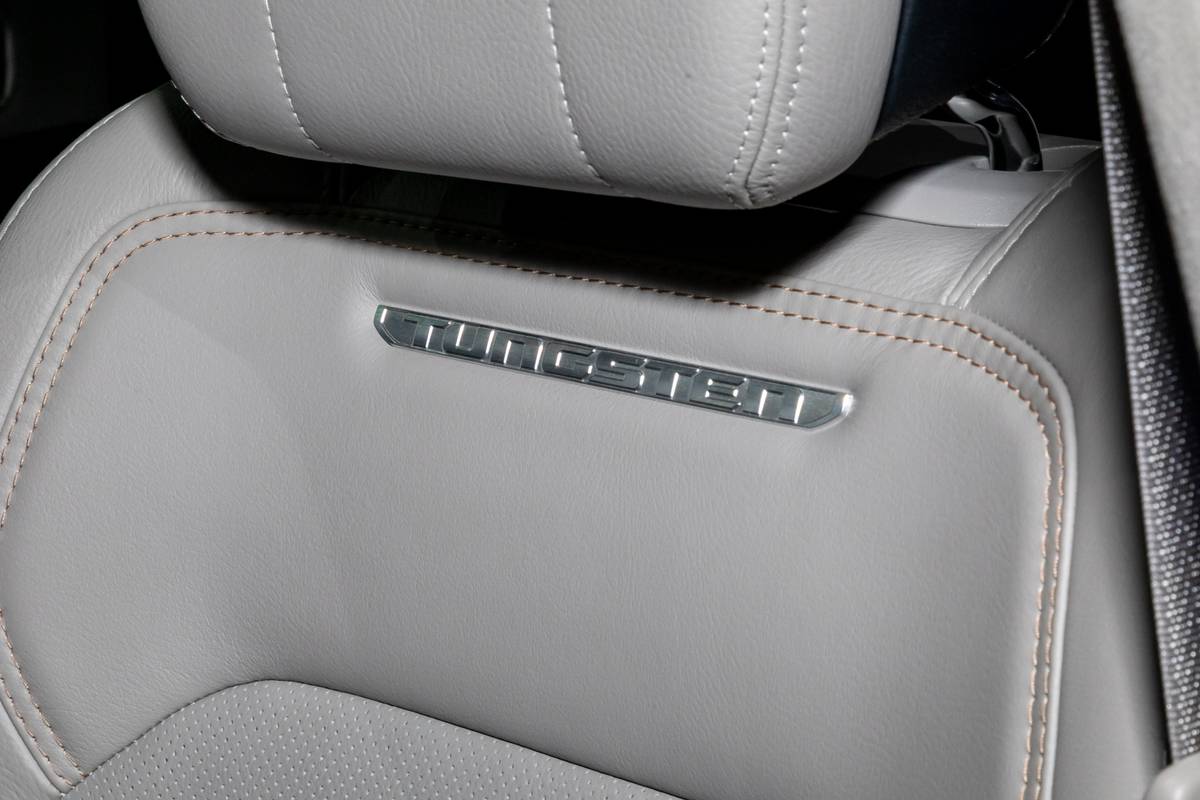

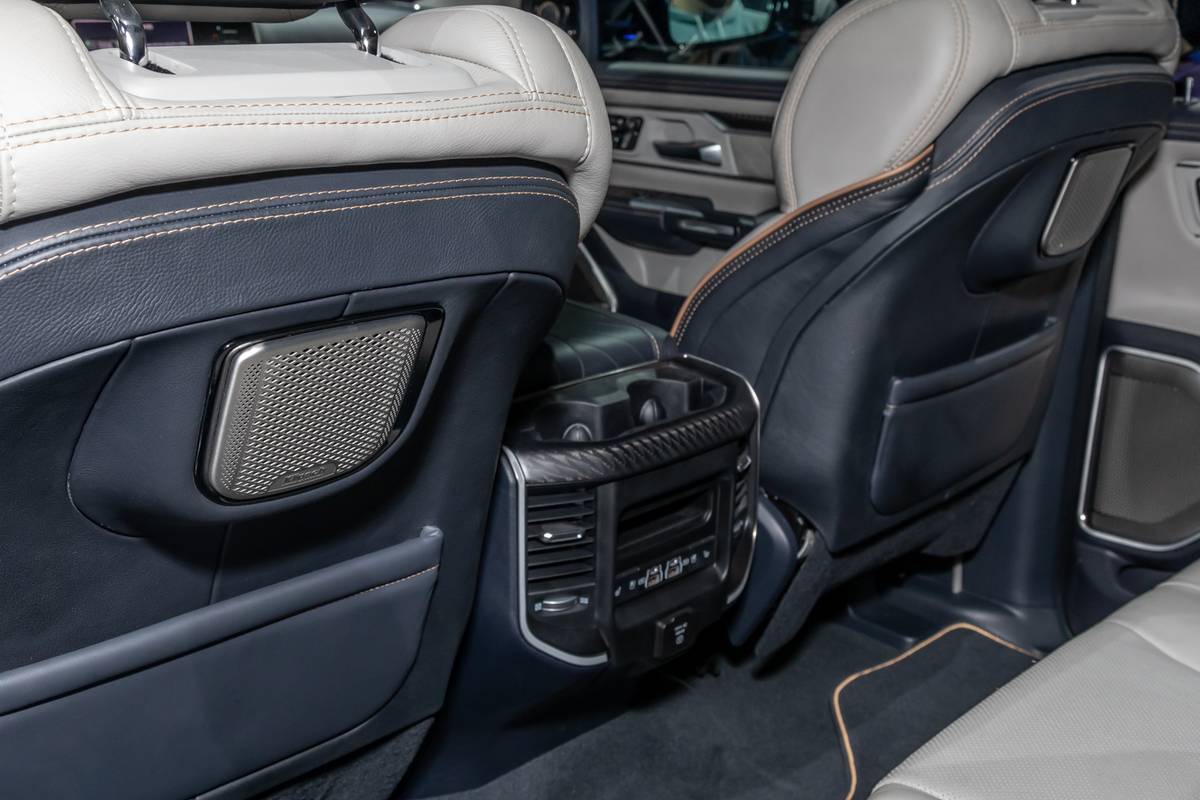

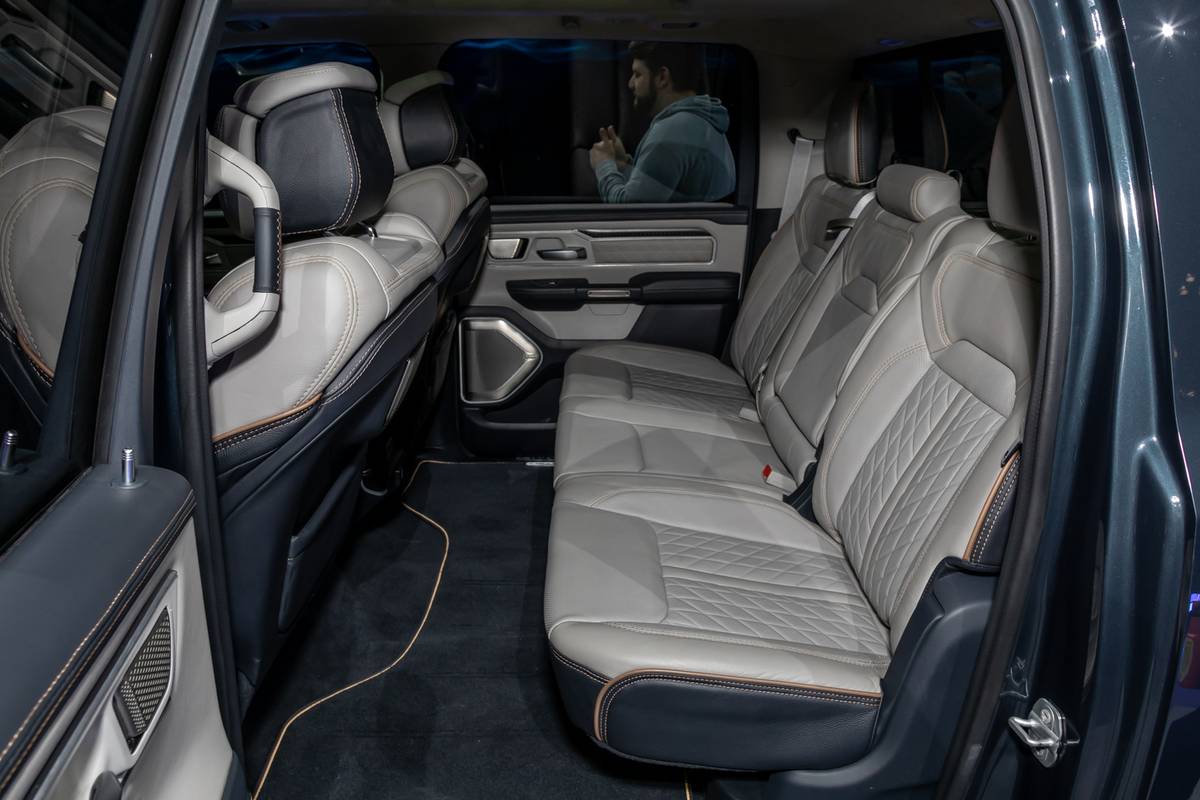
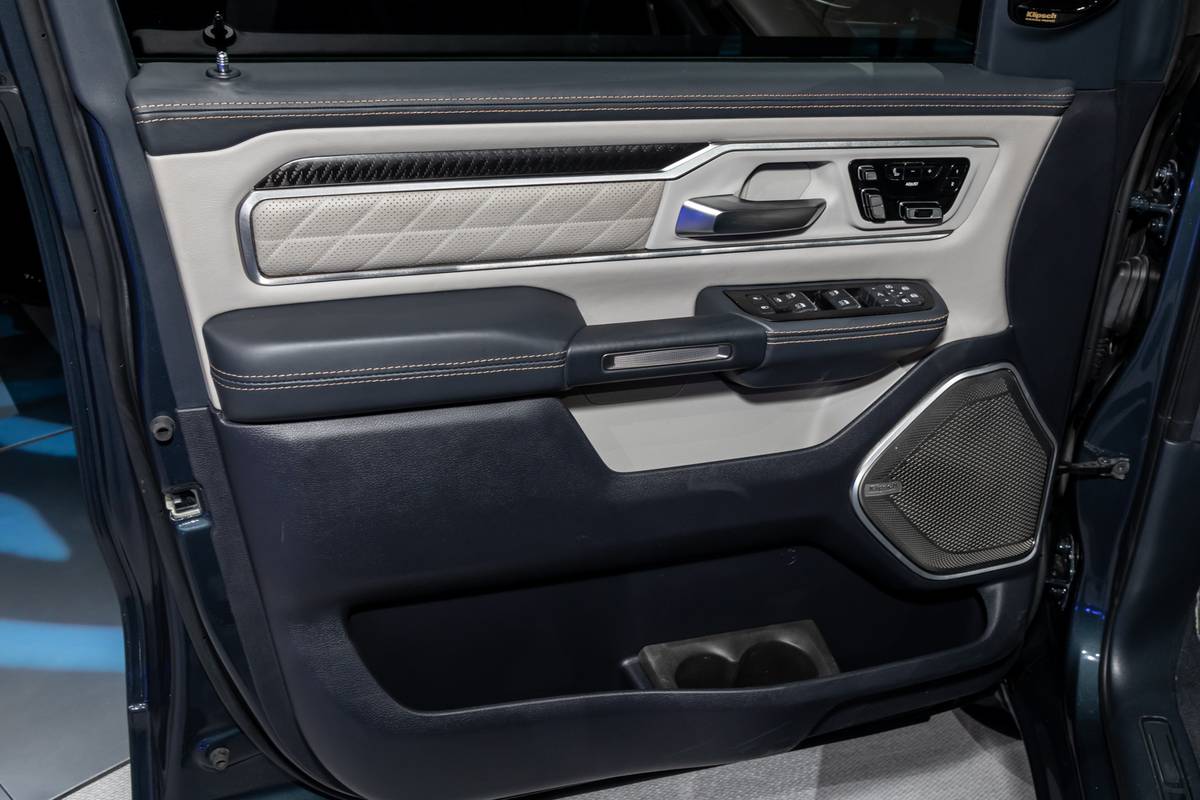






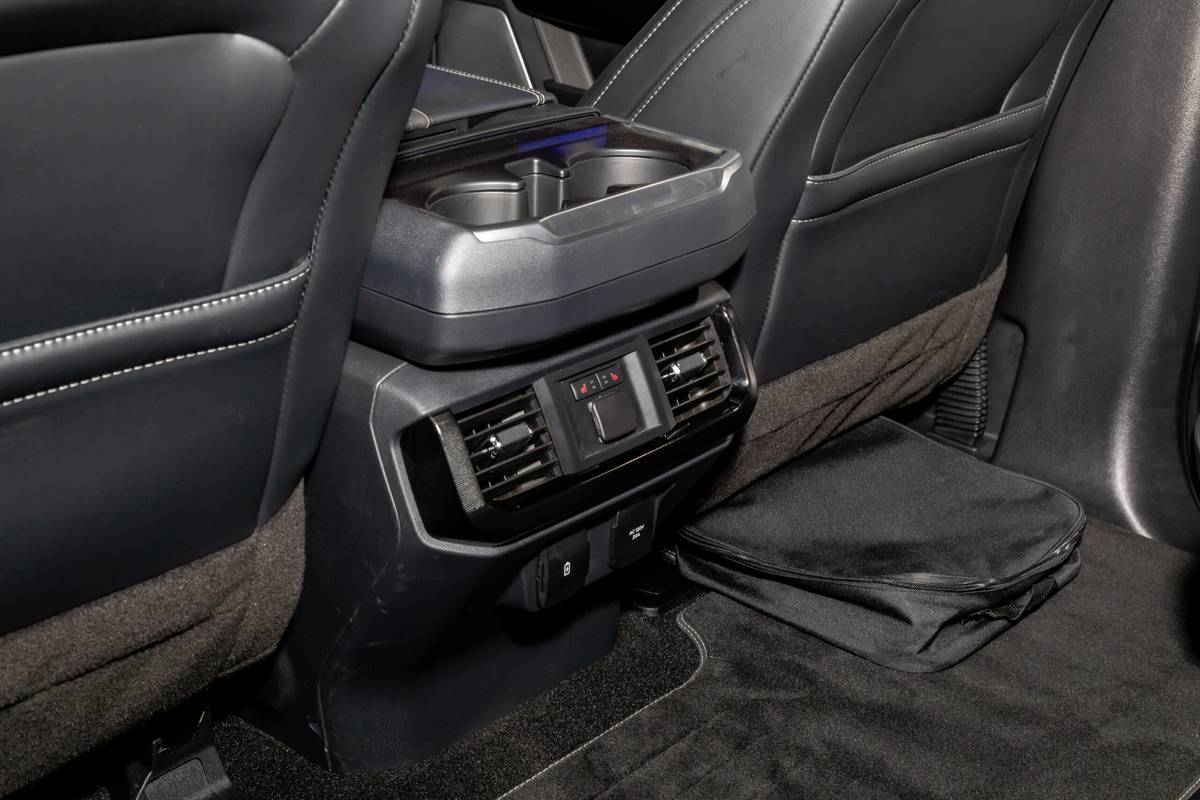
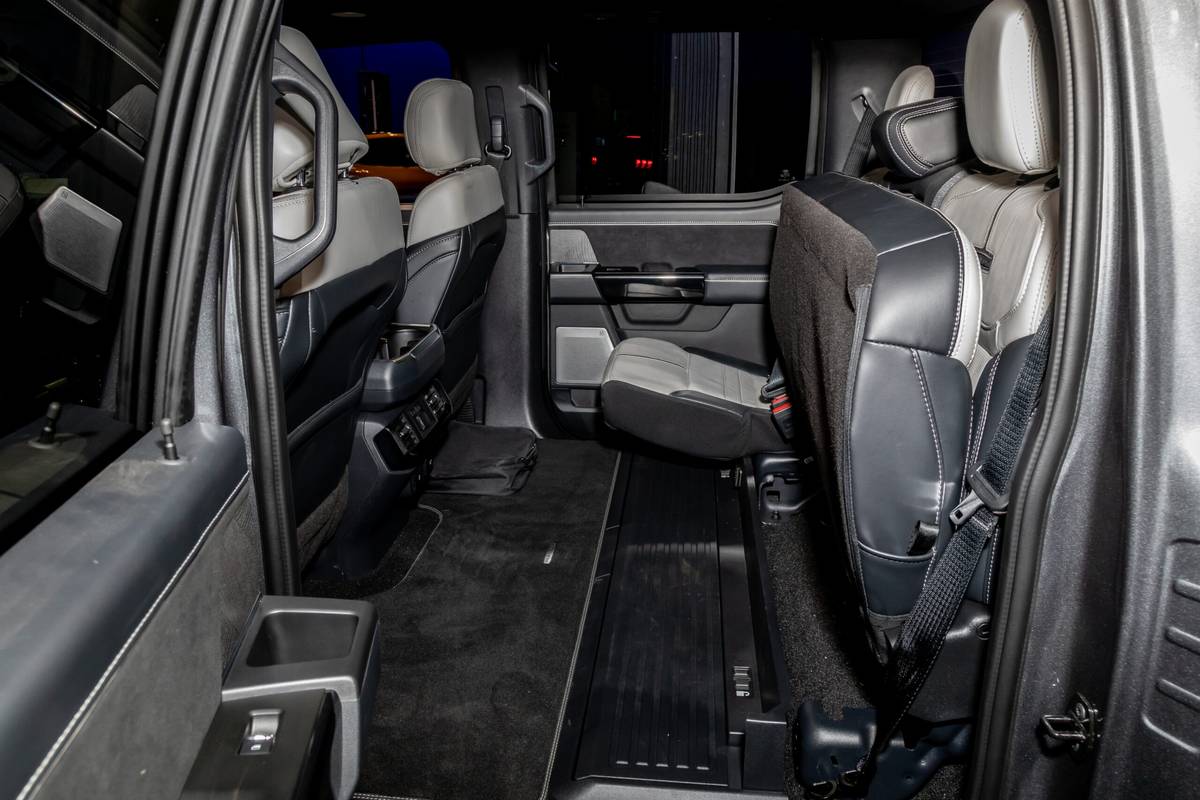


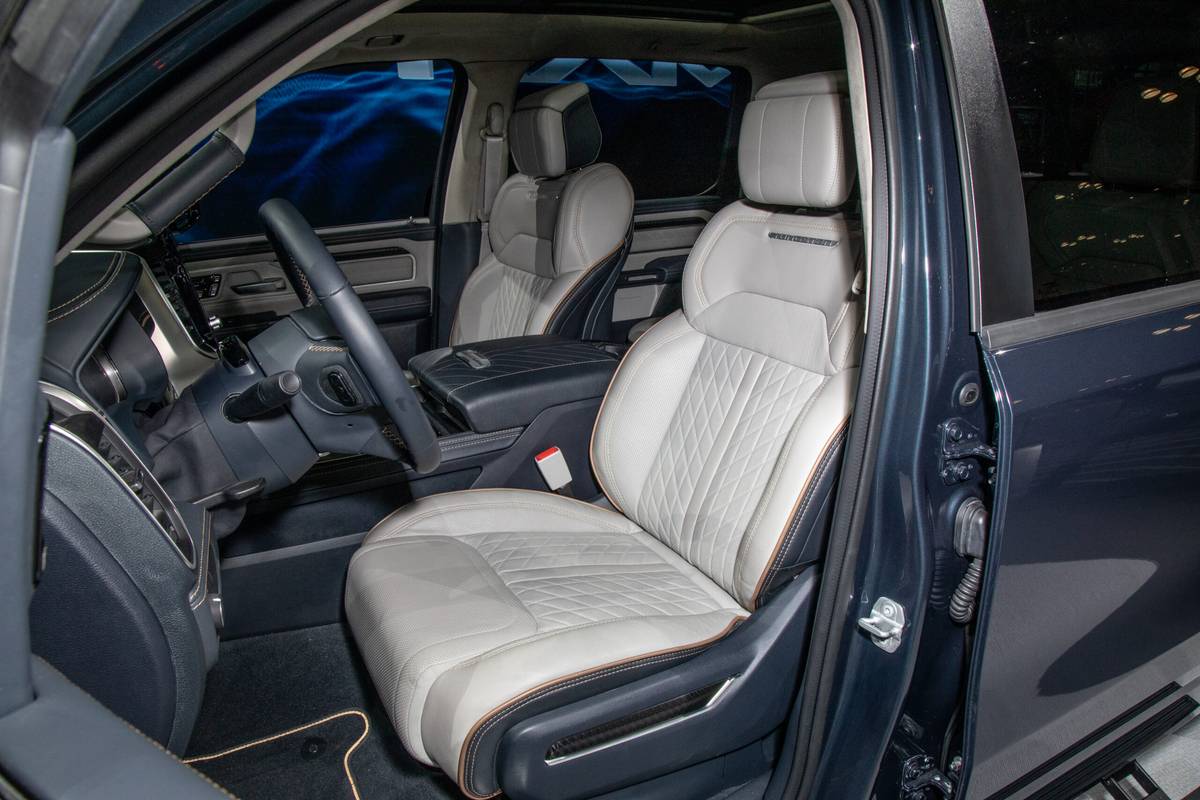




















Cargo Versatility and Storage: Ram 1500 REV
Both trucks have front trunks (frunks) that are accessible when you raise their powered hoods, and they both offer household outlets for powering various devices. Both trucks also have short cargo boxes, but the 1500 REV’s available RamBox box-side storage bins give it the edge here. Just like in the gas-powered 1500, the long bins are on the outsides of the cargo box above the rear wheels and offer another place to securely store items. They do, however, narrow the cargo box above the wheel wells. That might be a slight downside for some, but not enough to take away its advantage in this category.
Estimated Range: Ram 1500 REV
The F-150 Lightning Platinum comes with a 131-kilowatt-hour battery pack, the bigger of the two batteries that the Lightning offers, with the other being a standard 98-kWh pack. The larger battery gives the Platinum 300 miles of estimated range. These are sizable battery packs, to be sure, but next to the Ram’s available batteries, the Ford’s seem downright small.
The 1500 REV has a standard 168-kWh battery that offers a targeted range of 350 miles, and Ram says the available 229-kWh battery should offer a targeted 500 miles of range. Both are big batteries, and the 1500 REV is a heavy truck — Ram says its curb weight is around 7,500 pounds — but the long-range battery will be especially welcome for those who want to tow with their truck since towing can significantly reduce range. With 500 miles of range, even a reduction of a few hundred miles still leaves a healthy amount of range left.
Home Charging: Ford F-150 Lightning
With both trucks fitted with big batteries, the maximum charge rate of their onboard chargers becomes an important factor since a slower charger means it’ll take more time to replenish the battery on a Level 2 home charger.
Interestingly, it’s the F-150 Lightning, the truck with the smaller battery, that has the more capable onboard charger — the charger in Lightnings with the extended-range battery is rated at 19.2 kilowatts. However, a home charging setup supplying that much power requires a charger like Ford’s Charge Station Pro operating at 80 amps, which in turn requires a 100-amp dedicated circuit. There are some houses that rely on 100 amps to serve all electrical needs, so adding a 100-amp circuit to your electrical panel may not be possible without extensive upgrades to your electrical system.
The Ram 1500 REV, by comparison, can charge at up to 11 kW, according to Ram. That’s respectable, but at that rate, it’s going to take many hours to fully charge the 1500 REV’s big batteries.
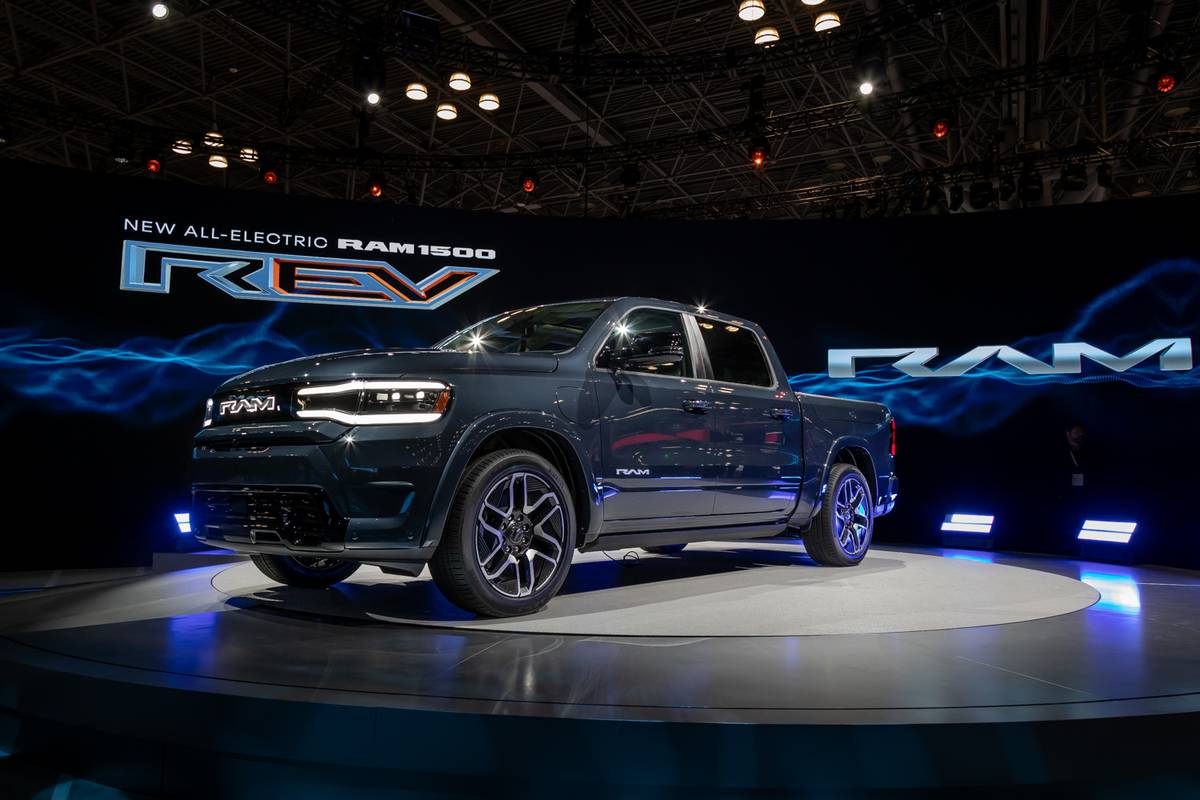
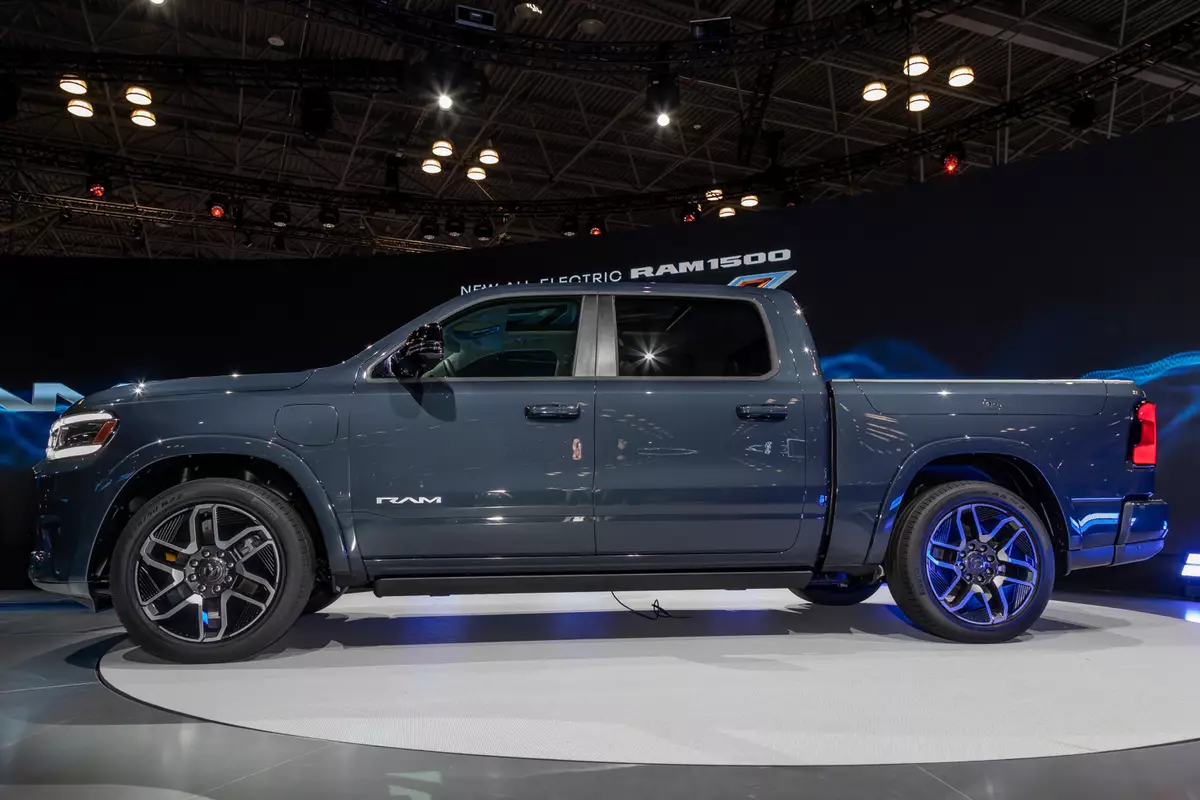
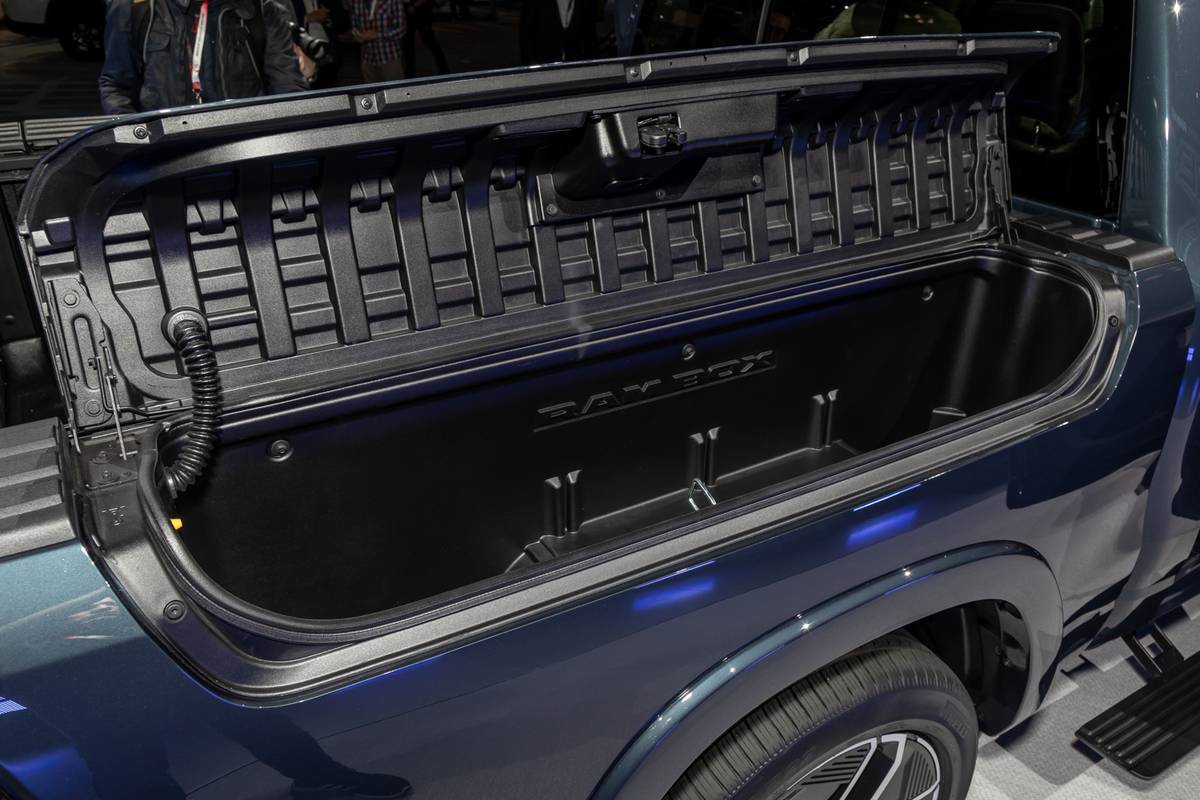





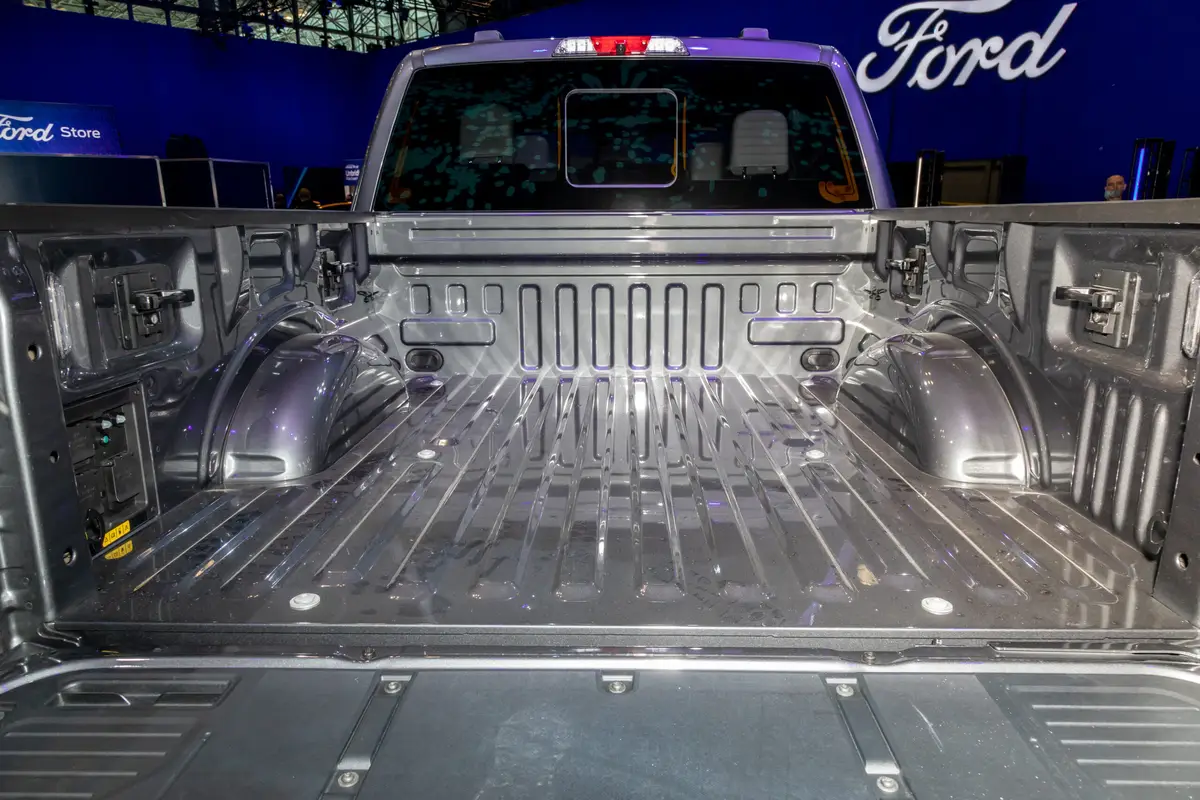
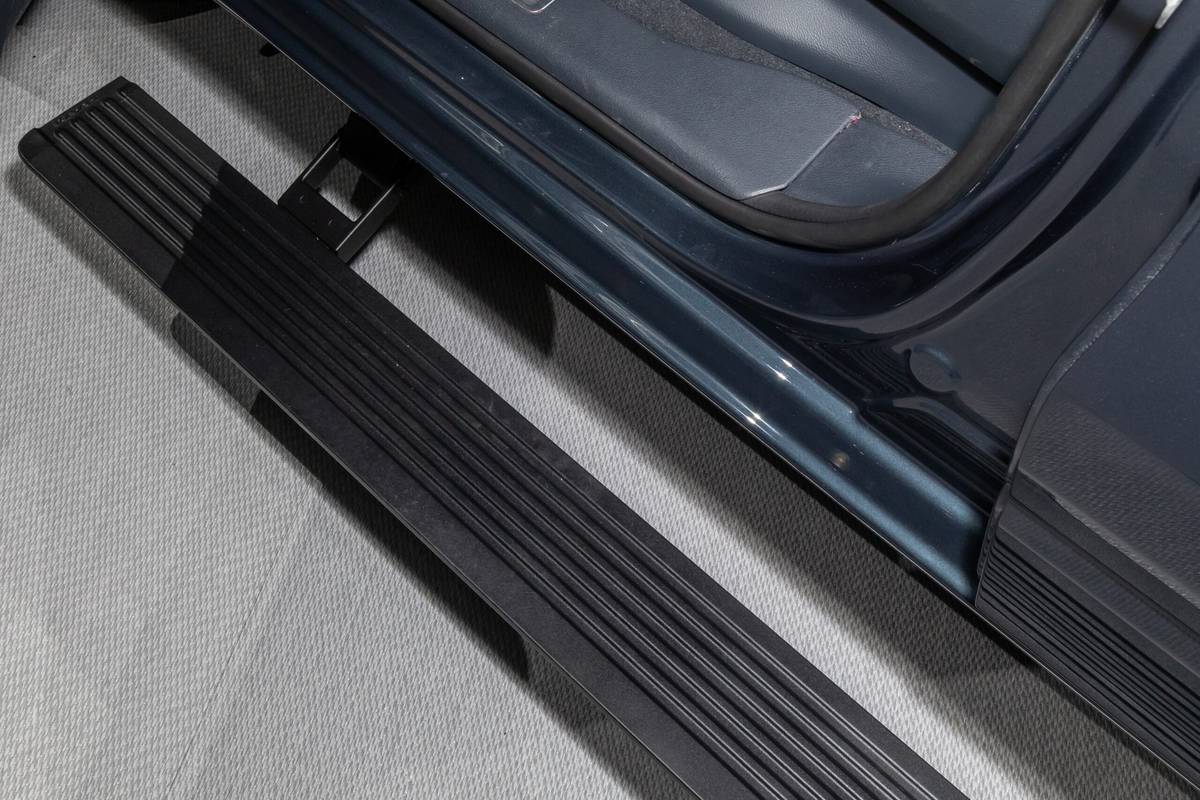










DC Fast Charging: Ram 1500 REV
Both Ford and Ram cite how many miles of range can be added in 10 minutes at a DC fast charger, and they’re quite different. The F-150 Lightning with the extended-range battery can add 54 miles of range on a 150-kW DC fast charger while the 1500 REV can add around 110 miles of range on a 350-kW fast charger. Actual real-world fast-charging performance can vary quite a bit based on charging and vehicle conditions, but the Ram’s 800-volt architecture allows it to take advantage of faster DC charging stations.
Towing and Payload: Ram 1500 REV
Electric full-size trucks still need to be able to work, and while both trucks have capabilities that should meet the needs of light-duty truck buyers, the 1500 REV leapfrogs the F-150 Lightning’s towing and payload ratings.
The Lighting’s maximum towing capacity is 10,000 pounds with the Max Trailer Tow Package (8,500 pounds for the Platinum), and the Ford’s maximum payload capacity with the extended-range battery is 1,952 pounds (2,235 pounds with the smaller battery). The 1500 REV, meanwhile, has a 14,000-pound maximum towing capacity and up to 2,700 pounds of payload capacity — numbers you might see on a heavy-duty pickup. Ram hasn’t said yet which versions of the 1500 REV will achieve these numbers.
More From Cars.com:
- 2025 Ram 1500 REV Up Close: Fighting Lightning With Thunder
- 2025 Ram 1500 REV Promises 500-Mile Max Range, Hands-Free Driving
- 2023 Ford F-150 Lightning: Order Bank Reopens With More Range, Higher Prices
- What to Know Before Purchasing an Electric Vehicle: A Buying Guide
- Shop for an Electric Vehicle
Final Word
The Ram 1500 REV comes away with a lot of wins here thanks in part to its impressive specs, but the true test will be how it drives and performs in the real world. With an on-sale date of late 2024, it’s going to be a while until we have that opportunity.
The F-150 Lightning isn’t old — it debuted as a 2022 model — but Ford is readying a second-generation electric truck under the code name Project T3 that’s set to begin production in 2025. There aren’t many details on that truck at this point, but I think it’s fair to say it’ll stack up better than the current Lightning.
This cycle of competition is something we’ve grown accustomed to seeing on the internal-combustion-powered side of the truck business and, not surprisingly, is now something we’re starting to see on the EV side. It’s a race that benefits truck buyers, who should get better and better models from which to choose.
Cars.com’s Editorial department is your source for automotive news and reviews. In line with Cars.com’s long-standing ethics policy, editors and reviewers don’t accept gifts or free trips from automakers. The Editorial department is independent of Cars.com’s advertising, sales and sponsored content departments.

Mike Hanley has more than 20 years of experience reporting on the auto industry. His primary focus is new vehicles, and he's currently a Senior Road Test Editor overseeing expert car reviews and comparison tests. He previously managed Editorial content in the Cars.com Research section.
Featured stories
























